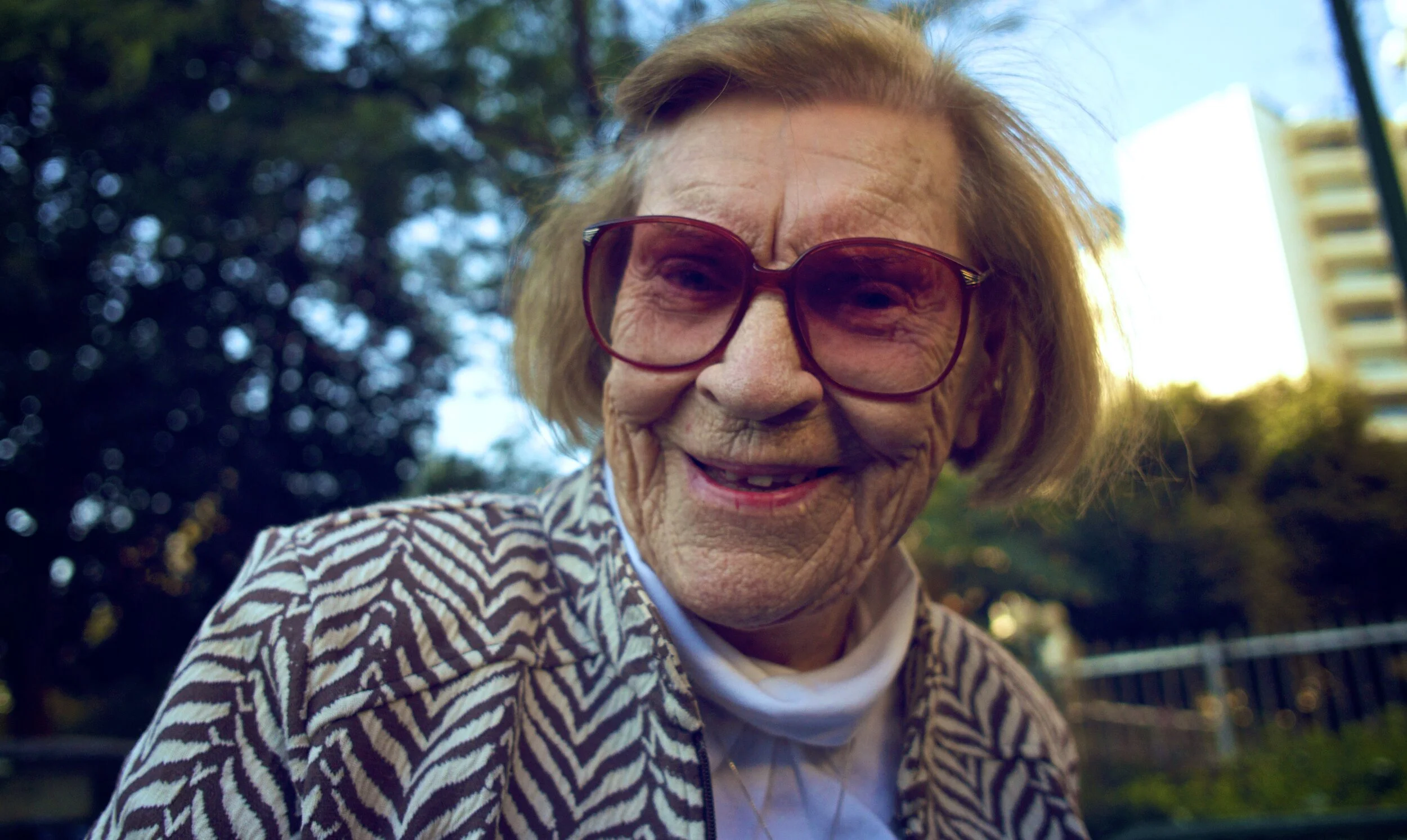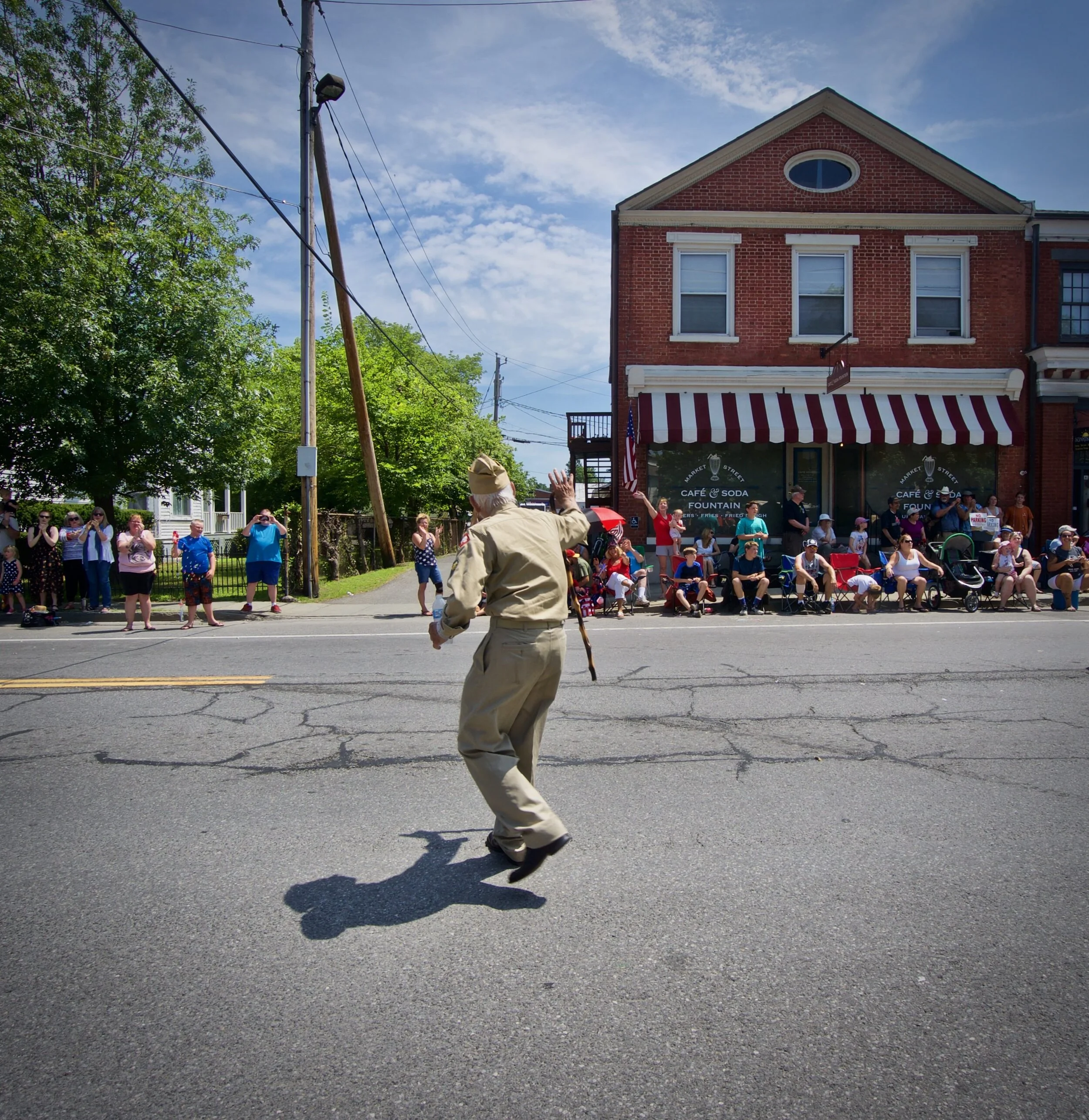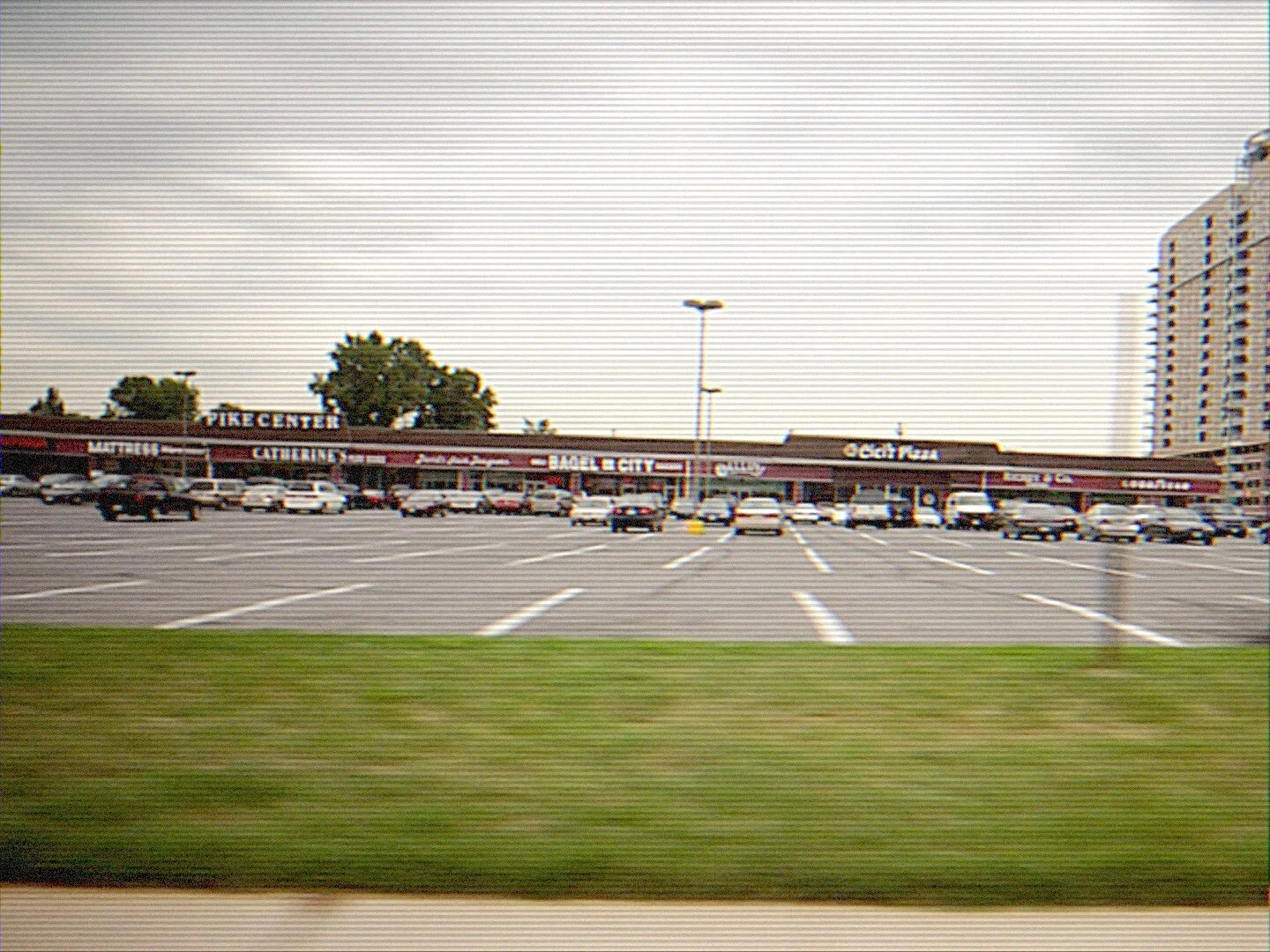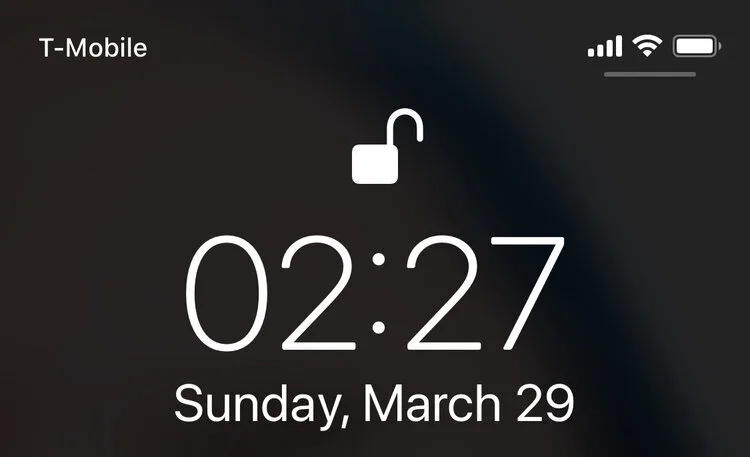Last week I was fortunate enough to be invited to an art opening of one of the most talented, absurdly under-recognized, smartest and kindest person I know, Fred Terna…
Read MoreA Mirror
Part of the film: The Ripple Project: ONE
An artist paces through his color filled studio, images of pop icons and hyper realistic depiction of ironic reality are scattered throughout. Marc Dennis, a New York painter, pains away at his next creation while drowning in a memory of a lost freind, Dina, a Shoah survivor; which Marc interviewed before she passed away. Dina's voice swell as we begin to see a clandestine painting that Marc has been working on.
Fred Terna in Conversation
“This was. This is.” Brooklyn-based artist and Shoah survivor, Fred Terna, declares gesturing towards two paintings—one ominous and dark, the other lighter, with hues of hope. “This is how the memory changed.” Shared Memory is part oral history, part private gallery tour where Terna invites the viewer into his home and discusses pieces from his carefully catalogued collection spanning the history of his artwork. Together, the paintings and Terna’s stories describe his path from the Czech Republic to Brooklyn, from surviving Theresienstadt to his taxing marriage with a fellow survivor. In Shared Memory, Terna reveals how painting is both a way of coping with the horrors he has experienced and a means to preserve his memories.
WATCH: A conversation between Fred Terna and Rwandan genocide survivor and educator Eugenie Mukeshimana, which took place after a private screening of Shared Memory.
The following letter was written to Shared Memory Director and The Ripple Project Cofounder, Liron Unreich, by Fred Terna.
Dear Liron,
I'm awed and delighted with the film. You and your team have done a superb job, telling the story of my paintings. Other film-makers have tried to make films about art and artists during the Shoah. When they focused on me they somehow stayed on the surface, there was a distance, a gap, between my feelings and ideas and what I saw on the screen. You are telling the story with great skill and insight, and I thank you.
During the Shoah we promised each other that the one who survives will tell about it. The burden is getting heavier as our numbers decrease, and you and your group are carrying this obligation with us, and for us.Please give my thanks to all who are working with you on The Ripple Project. Looking forward to hearing from you before long,Fred
Helga Hošková-Weissová: An Introduction
“Draw what you see,” Helga Hoskava’s father told her 70 years ago before they were separated in the Jewish concentration camp, Theresienstadt. Now a renowned Czech painter, Helga passed on the passion born from her father’s words to her son and then her granddaughter—celebrated cellist Dominika Hoskava. Despite coming from a long line of secular artists and a non-Jewish mother, Dominika surprises her family by converting to Judaism and moving to Israel in an effort to reconnect with her heritage.
Interview with Holocaust Survivor Ela Stein Weissberger
Student Reactions
We recently met with some students who were participating in Project DUMBO 2010, a course offered by Elmira College, where seven art students live in a loft in DUMBO for a month while touring the city, visiting artist studios and gaining a better understanding of the New York art world. The students were lead by their teacher Marc Dennis, whom we are currently working with on the film Mirrors which is part of The Ripple Project: One . Please read what some of the students wrote of their experience below.The below was posted on the Project DUMBO 2010 blog.
Last Friday we made a studio visit that was a little out of the ordinary. We met the people behind The Ripple Project. You can technically define this as a studio visit because we did see some of their behind the scenes work, but it was also a test screening for their project. We're one of the first groups to see their work in progress and it was an intense, emotional, thought-provoking experience.
The project goals are multi-faceted but one of their main objectives is to help explore how stories and experience change throughout the generations and what we can draw from all of these experiences. The video we were shown, "The Binding of Isaac" is the first video from the project and serves as a good introduction to the project. It really helps to relate the viewer to Isaac's story. That connection provides a much bigger emotional impact than the dry, sterile numbers and stats that most of us are taught in classrooms.
binding-of-isaac-collage
After seeing that video, the members of the Ripple Project showed us some of the footage they have shot for projects that are now being edited. This was interesting and fell more in line with what we are accustomed to on the trip. While still just as heavy emotionally as the short film, we were able to see a filmmakers approach to their piece. One member, Liron, kept emphasizing the difficulty of expressing an entire story into one piece, or one painting, an interesting concept and something to consider in the artistic process.
The stories of the people this team has traveled to film and try to portray through this project are absolutely incredible. The discussions that accompanied this raw footage and introduction to the project taught us all a lesson on perseverance and the strength of the human spirit.
-Tim Goodier
The following two testimonies were sent to us after a second discussion was held between the students and Dylan Angell of the Ripple Project.
I've always heard various individuals talk about "the power of art." I never really understood what these people were talking about. However, after having the opportunity to watch different parts of The Ripple Project, this phrase, "the power of love," suddenly became clear to me. Watching the footage of various Holocaust survivors who had become artists was extremely emotive in part due to the realization that these people lived through unimaginable horrors, but did not let the events of the holocaust define them. Rather they went on to create art and new lives. I do not know how each individual found solace in their art making, but I do believe it is due to the act of making art that these people were able to live fulfilling lives after the tragedies they witnessed and lived through. At least to me, The Ripple Project attests to the inherent power of art to heal, connect, teach, express, and communicate.- Katya Harris
Fred_terna-12
Upon meeting with the group from the Ripple Project to view their video I was rather moved by the project as I feel most people will be. I think what really makes it more meaningful is it gives the individual stories and their impact upon their life and their families. It simply makes it more personable and relatable as an individual in today’s time that has not gone through these experiences. It is not the typical documentary style and I think this really is what gives it more meaning. I was touched by the experience and felt I came away with a better understanding of the lasting impression the events have left on individuals and their families. You commonly hear about these things but it is hard to understand the reality of it. The video really puts it into a format that makes it personal. I felt that I had gotten to know the individuals in the clip and could relate them to people in my own life. Overall I think it is an excellent and moving project that will help people to understand the extent of the tragedies suffered by thousands of individuals.
-Kathy Henton
Shared Memory Trailer
Painting helps a man express horrors beyond words.
“This was. This is.” Brooklyn-based artist and Shoah survivor, Fred Terna, declares gesturing towards two paintings—one ominous and dark, the other lighter, with hues of hope. “This is how the memory changed.” Shared Memory is part oral history, part private gallery tour where Terna invites the viewer into his home and discusses pieces from his carefully catalogued collection spanning the history of his artwork. Together, the paintings and Terna’s stories describe his path from the Czech Republic to Brooklyn, from surviving Theresienstadt to his taxing marriage with a fellow survivor. In Shared Memory, Terna reveals how painting is both a way of coping with the horrors he has experienced and a means to preserve his memories.
The following letter was written to Shared Memory Director and The Ripple Project Cofounder, Liron Unreich, by Fred Terna.
Dear Liron, I'm awed and delighted with the film. You and your team have done a superb job, telling the story of my paintings. Other film-makers have tried to make films about art and artists during the Shoah. When they focused on me they somehow stayed on the surface, there was a distance, a gap, between my feelings and ideas and what I saw on the screen. You are telling the story with great skill and insight, and I thank you.
During the Shoah we promised each other that the one who survives will tell about it. The burden is getting heavier as our numbers decrease, and you and your group are carrying this obligation with us, and for us.
Please give my thanks to all who are working with you on The Ripple Project. Looking forward to hearing from you before long,
Fred












